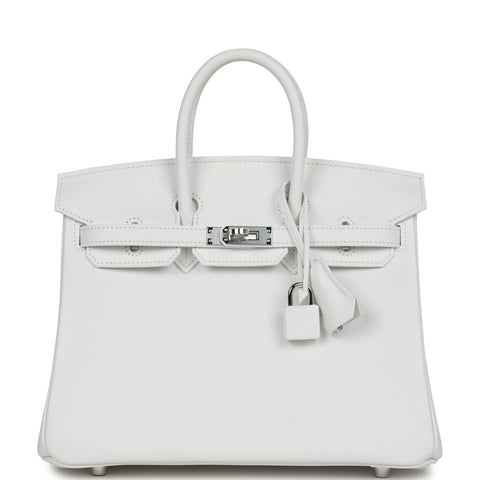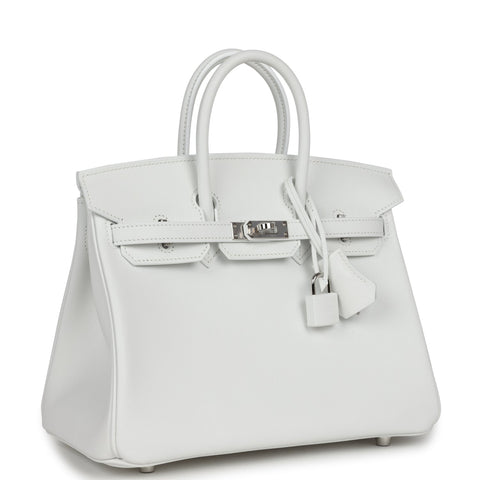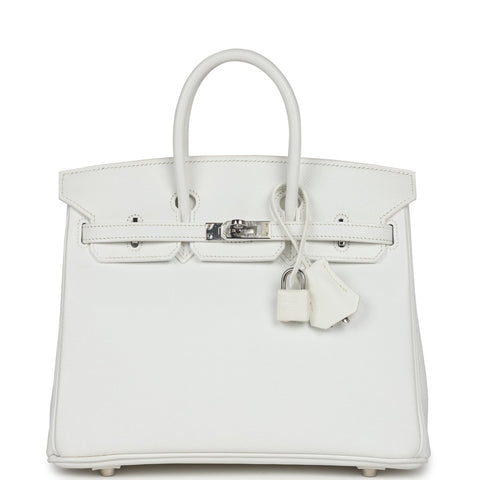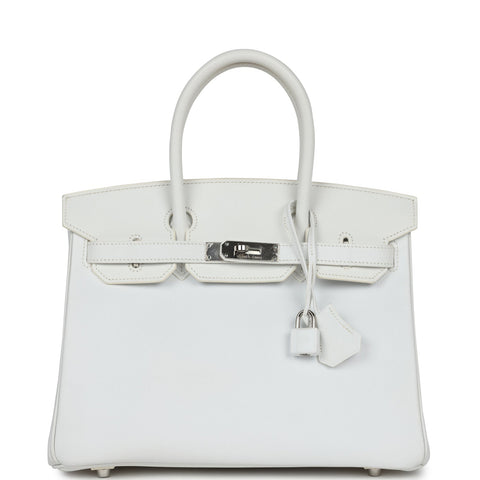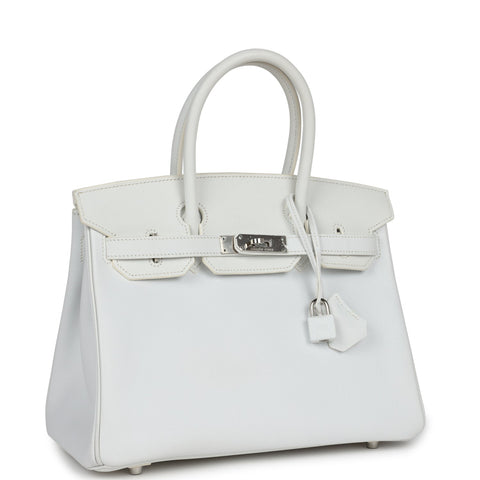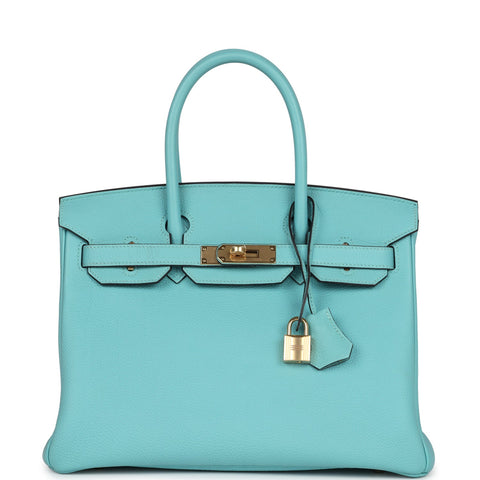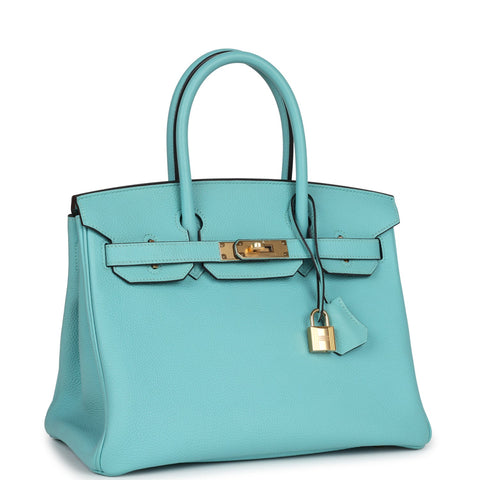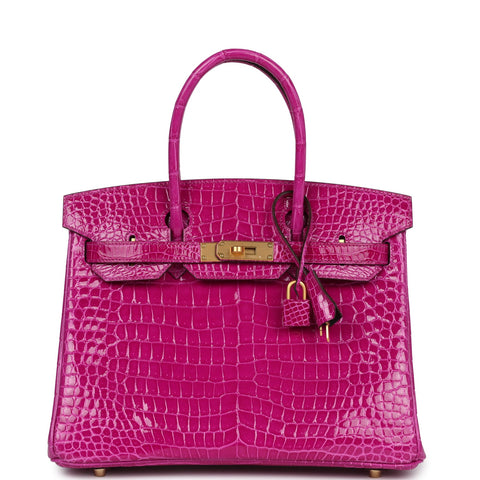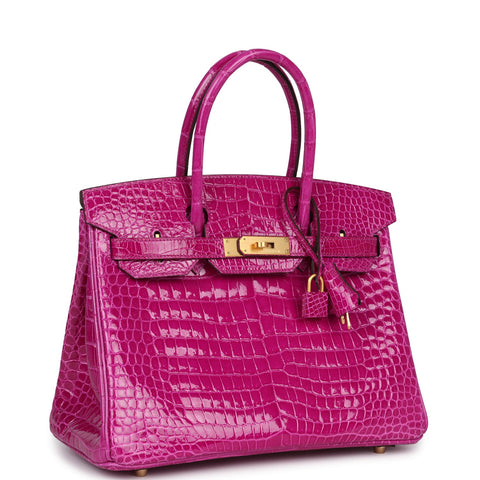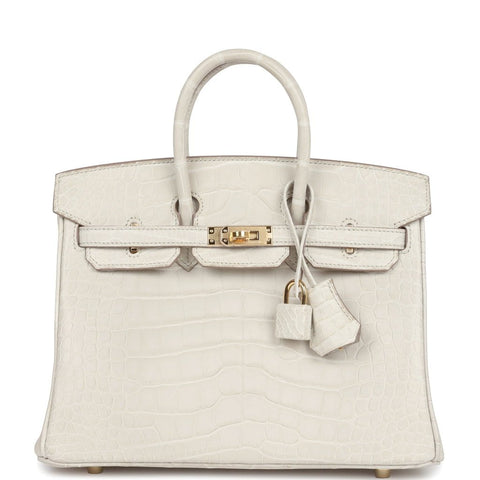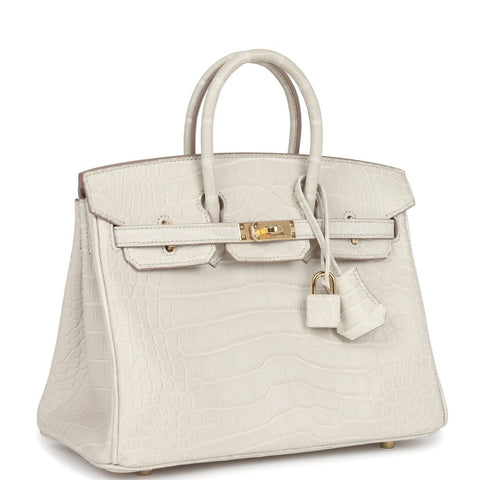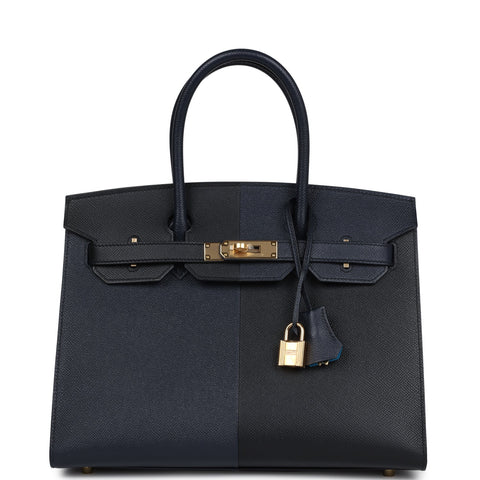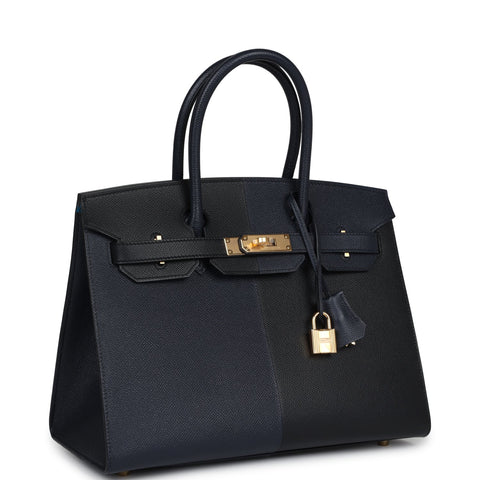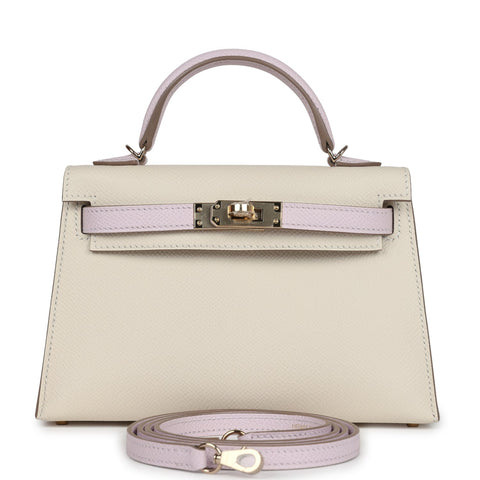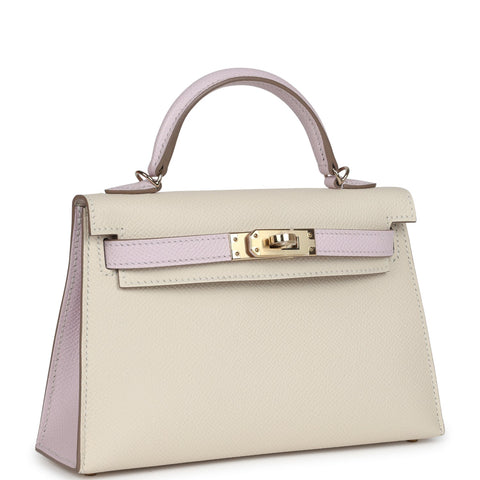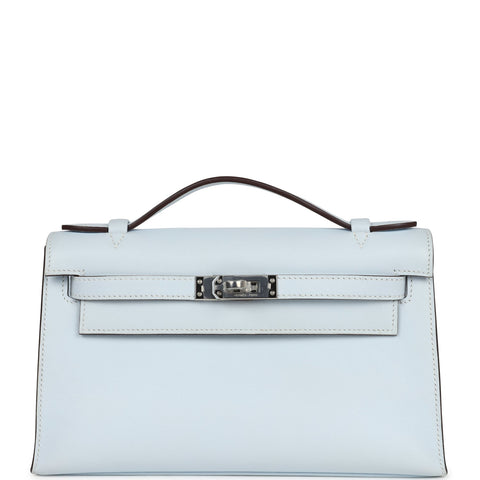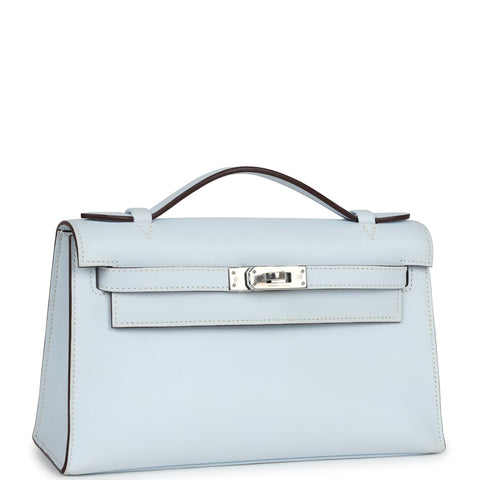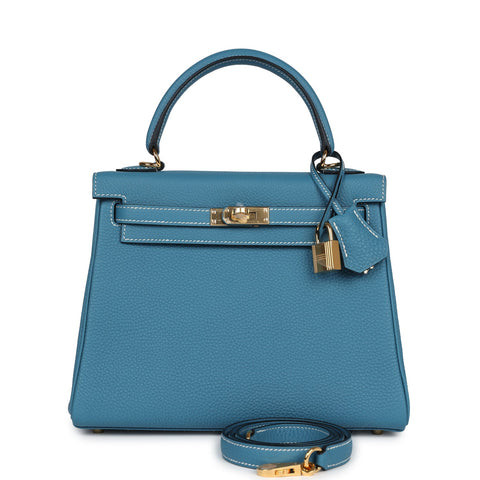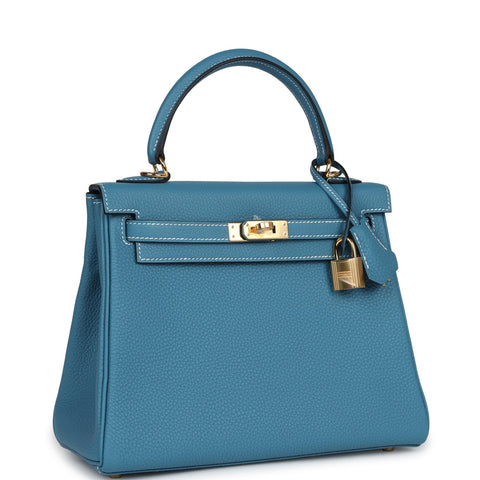Hermès Alligator vs. Crocodile Bag — What’s the Difference?
At first glance, Hermès crocodile and alligator bags look a great deal alike. Each is crafted from the hide of a giant, carnivorous reptile and features intriguing scales that make each exotic skin bag unique. These skins are used to create some of the most coveted handbags in the luxury market. However, there are distinct characteristics that make identifying the difference between Hermès alligator vs. crocodile a snap for the knowledgeable collector.
Let’s explore the similarities and the differences between alligator vs. crocodile skin and the exceptional Hermès bags crafted from these exotic skins. A greater understanding can lead to a deeper appreciation of these gorgeous handbags.

Similarities Between Hermès Crocodile and Alligator Bags
Both crocodiles and alligators are huge water reptiles with scaly skin prized for their remarkable strength, pliability, and extraordinary beauty. Leather made from alligator or crocodile skin retains its identifying scales, which can be felt on the surface of the skin and each handbag. Every animal’s pattern of scales is as individual as a fingerprint. Many collectors can identify their own Hermès alligator bag or crocodile purse from all others simply from the pattern of the scales.
Nature and Placement of the Umbilical Scar
Luxury handbags like Hermès alligator and crocodile Birkins and Kelly bags are crafted solely from the supple skin of the animal’s underbelly. Each animal has an “umbilical scar down the center of the belly, where the hatchling absorbed the yolk sac. Essentially the navel, the scar’s scales are smaller and distinct from the surrounding skin. The alligator’s scar is more prominent than a crocodile’s, with a spider web-like pattern. Hermès expertly places this scar in the middle of the front of the handbags to showcase the authenticity of the skin and the craftsmanship of each bag. Typically, the more symmetrical the scales, the more desirable the bag.
Sourcing Hermès Crocodile and Alligator Skin Bags
Hermès sources their alligator and crocodile skins from farms operated in Australia, Southeast Asia, and Texas, in strict compliance with CITES, the Convention on International Trade in Endangered Species of Wild Fauna and Flora.
Matte or Lissé?
Hermès uses both crocodile and alligator skins to make matte and lissé (shiny) handbags. However, not all colors are available in both matte and shiny. For example, Hermès braise and emerald exotics only come in lissé, while beton and gris perle only come in matte.
The Differences Between Hermès Alligator and Crocodile Bags
Alligators and crocodiles are different animals. Although their names are sometimes used interchangeably, and crocodiles and alligators look a great deal alike, they are not even closely related! Before they become highly coveted Hermès Birkin bags, crocodiles grow up to 20 feet long and live in salt water in tropical climates in the Indo-Pacific region. Alligators grow up to 12 feet long, live in freshwater, and are found only in the United States. The difference in animal size correlates to Hermès alligator skin used for smaller bags like the Kelly 25cm and 20cm bags and the Birkin 25. Crocodile is typically used for the larger bags, right on up to the Birkin 40.
Hermès alligator skin, from the Alligator Mississippiensis, is sourced from the Mississippi river. Alligator skin has smaller, more symmetrical scales with a smoother feel than crocodile. The scales are larger in the middle and become smaller as they move outwards.
Hermès alligator bags are made from a single species, but two different crocodile species are used — Niloticus and Porosus. The Crocodile Niloticus skin, as the name suggests, is sourced from the Nile river. These crocodiles are slightly larger than the Porosus and have somewhat larger scales. Crocodile Porosus is sourced from Asia or Australia, and is characterized by a tiny, distinct pore close to the edge of each of each scale, giving the species its name. This pore is a remnant of a hair follicle. Alligators have no pores.
As shown in the picture below, Niloticus bags (left) typically have larger scales than Porosus bags (right), which are smaller, more symmetrical, and more defined. For these reasons, the Hermès crocodile porosus is the most treasured of all the brand’s exotic skins.

Niloticus Crocodile and Porosus Crocodile
Distinguishing Hermès Alligator vs. Crocodile Bags
When distinguishing Hermès alligator vs. crocodile bags, we’ve seen that you should consider the size of the bag, and the quality of the scales. Alligator is typically used for smaller bags, but this is not a hard and fast rule. If you have a bag with smaller scales and see scale pores, that’s a clear indication that you have an Hermès crocodile bag made of porosus skin. But the brand also clearly identifies each exotic skin bag.

Hermès Emerald Shiny Niloticus Crocodile Bikin 30cm and Hermès Miel Shiny Porosus Crocodile Birkin 30cm
Niloticus Crocodile is marked with a “••” (two dots) and Porosus is immediately recognized by the “ˆ” (carat) mark on the Hermès stamp inside the bag. You can also recognize an authentic Hermès alligator bag by the square symbol next to the Hermès name stamp.

Caring for Hermès Crocodile and Alligator Bags
With the proper care, you can expect to wear your exotic Hermès bag for many years to come. Although both alligators and crocodiles spend most of their lives submerged in water, bags made from their hides must not be allowed to get wet. Hermès crocodile bags with lissé finish, in particular, will lose their shine, and this cannot be repaired. These exotic skin bags should be kept out of humidity which can create watermarks on the skin and enlarge the pores on porosus skin. If you live in a humid climate, the best exotic to consider is an Hermès alligator matte bag.
It is best to store your Hermès alligator or crocodile bag in a temperature-controlled setting. Excessive heat or cold can dry out the skin, which can cause it to crack. Store out of direct sunlight, which can cause the bag to fade.
Be aware that the natural oils from your hands will cause light-colored Hermès exotic skins to darken. Consider wearing Twillies on the handles to protect your bag.

Hermès Blue Electric Shiny Alligator Kelly 25cm
Hermès Crocodile and Alligator Bag Availability
Of the three skins, Hermès crocodile Porosus, crocodile Niloticus, and Alligator, bags made of Porosus skin are the most prized, the most costly and the hardest to find. Alligator is used increasingly for small Birkin and Kelly bags, as well as Pochettes and other small bags and accessories, largely because it is easier to acquire the skins. While there has been an increase in the production of Hermès crocodile bags and alligator handbags, they are still much harder to get compared to leather bags.
It is virtually impossible to be offered an Hermès crocodile or alligator handbag at an Hermès boutique without first spending six figures or more at the store. And, even if you are fortunate enough to be offered an exotic, there is no guarantee that the bag will be the one you want.
This is the reason that collectors, as well as first time exotic skin buyers, rely on trusted resellers, such as Madison Avenue Couture for their exotics. In addition to a solid inventory of authentic, pristine and preloved exotic Hermès handbags, Madison Avenue Couture’s concierge service can source the color or size of exotic Hèrmes handbag of your dreams.
